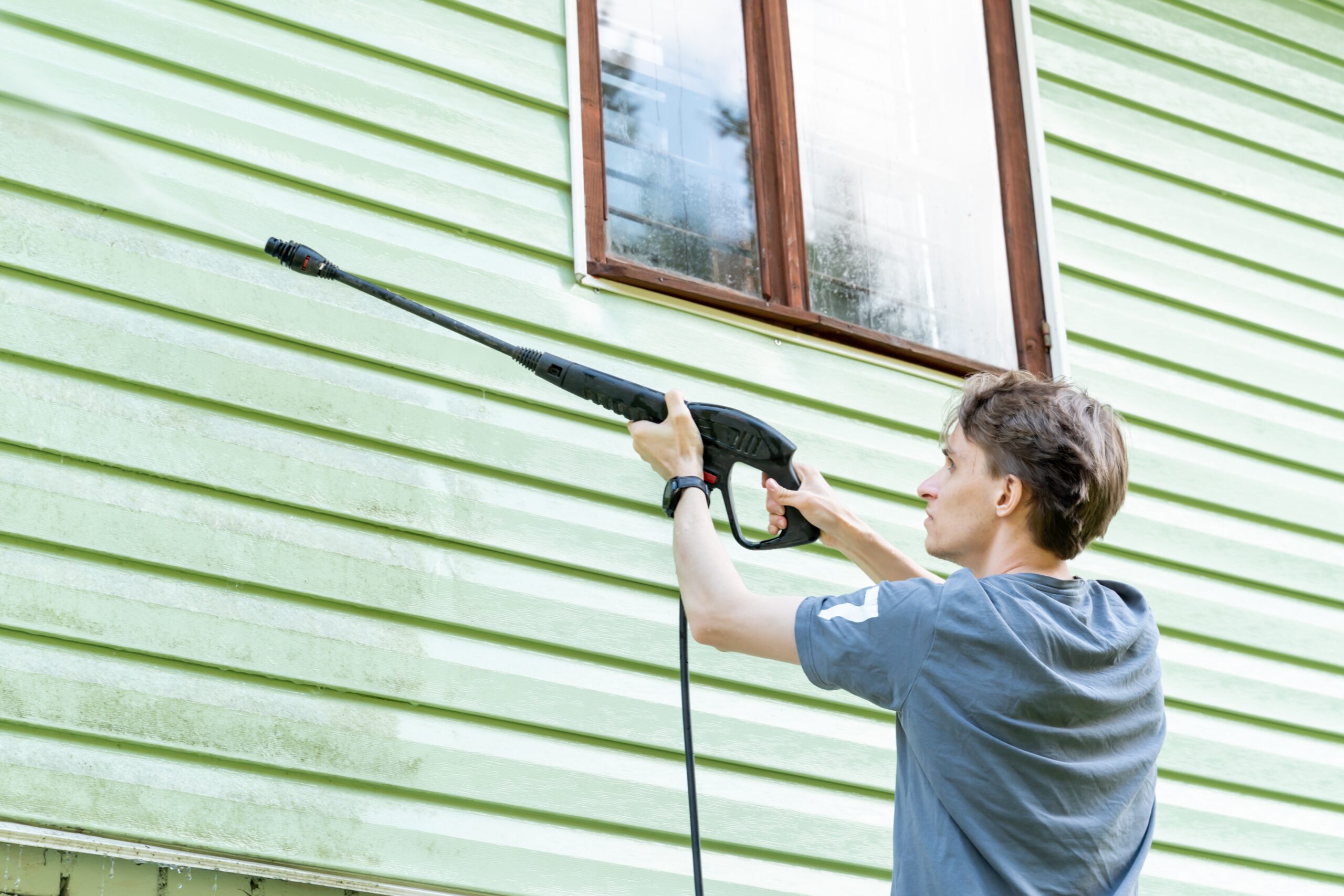
Maintaining the siding of your home is not just about preserving its aesthetic appeal; it’s about safeguarding your investment and ensuring your home stands strong against the elements. From vinyl to wood, fiber cement, and stucco, each type of siding requires specific care to maintain its beauty and functionality. This comprehensive guide will provide you with essential maintenance tips and introduce you to the basics of DIY installation, helping you keep your siding in pristine condition for years to come.
Understanding Your Siding Material
The first step in siding maintenance is to understand the material you’re working with. Vinyl siding is celebrated for its durability and ease of maintenance, making it a favorite among homeowners. Wood siding, while offering unmatched natural beauty, demands regular treatment to prevent damage from moisture and the sun. Fiber cement siding combines durability with a classic appearance but requires periodic inspections to catch any issues early. Stucco siding, known for its unique texture and finish, can develop cracks that need immediate attention to prevent water infiltration.
Regular Cleaning and Inspection: The Cornerstone of Siding Maintenance
A cornerstone of siding maintenance is regular cleaning. A mixture of mild detergent and water, applied with a soft brush, can work wonders on most siding types. For tougher stains or areas with mildew, a solution of bleach and water may be necessary. It’s also crucial to inspect your siding regularly for any signs of damage, such as cracks, warping, or loose panels, especially after severe weather conditions.
DIY Repairs and Professional Help
For those inclined towards DIY installation and repairs, addressing minor issues like loose panels or small cracks can be a fulfilling project. However, it’s important to recognize when a problem is beyond your skill set. Significant damage or the need for extensive repairs should be entrusted to professional siding contractors to ensure the work is done safely and effectively.
Mold and Mildew Management
In damp climates, mold and mildew pose a constant threat to siding. Regular cleaning with a bleach solution can manage these issues, but prevention is key. Ensuring good drainage around your home and trimming back any vegetation that may restrict airflow can significantly reduce the risk of mold and mildew.
Embracing DIY Installation
For the adventurous homeowner, DIY installation of siding can be a rewarding project. It’s essential to thoroughly research and prepare, as each siding material requires different techniques. Vinyl siding, for instance, is relatively straightforward and can be a great starting point for DIY enthusiasts. Wood and fiber cement siding may require more specialized tools and knowledge. Online tutorials, manufacturer’s guidelines, and community workshops can provide valuable insights and tips for successful DIY siding installation.
Seasonal Maintenance for Year-Round Protection
Adjusting your maintenance routine to fit the season is crucial for siding longevity. Summer may require additional cleanings to remove grime, while fall is the perfect time to prepare your siding for the harsh winter weather. Regular gutter cleaning and ensuring your home is properly insulated can prevent ice dam formation and water damage.
Safety Precautions in DIY Siding Maintenance and Installation
Safety should always be your top priority, especially when undertaking DIY projects. Wear protective gear, ensure ladders are stable, and be cautious when using power tools. If you’re not confident in your ability to safely complete a task, it’s best to seek professional assistance.
FAQs
Q: How can I tell if my siding needs replacement or just maintenance? A: Extensive damage, such as large cracks, rot, or widespread mold, may indicate the need for replacement. Minor issues like dirt, mildew, or small cracks typically only require maintenance.
Q: Are there any eco-friendly options for siding maintenance? A: Yes, using biodegradable cleaners and opting for sustainable siding materials like certain types of wood or recycled metal can be more eco-friendly.
Q: Can I install new siding over old siding? A: In some cases, yes, particularly with vinyl siding. However, it’s crucial to ensure the underlying siding is in good condition and that this approach complies with local building codes.
By incorporating these maintenance tips and exploring DIY installation options, you can significantly enhance the longevity and appearance of your siding. Whether you’re a seasoned DIY enthusiast or new to home improvement projects, taking proactive steps to care for your siding will protect your home and increase its value over time.








